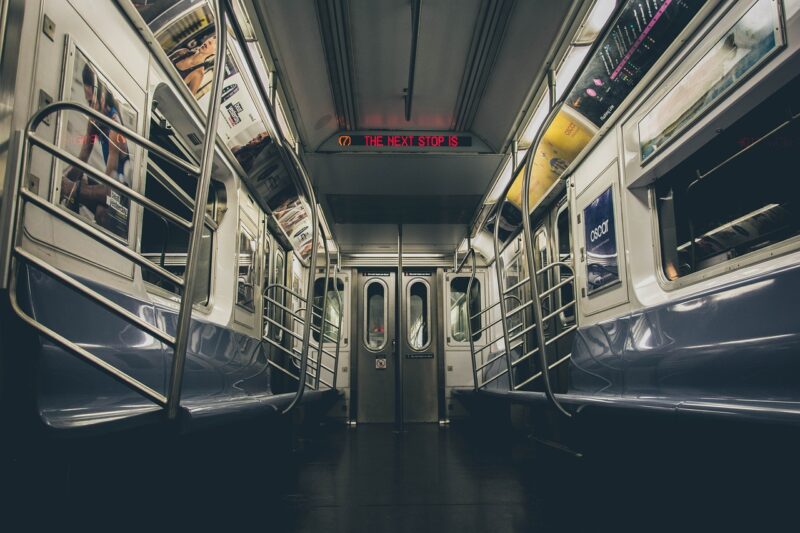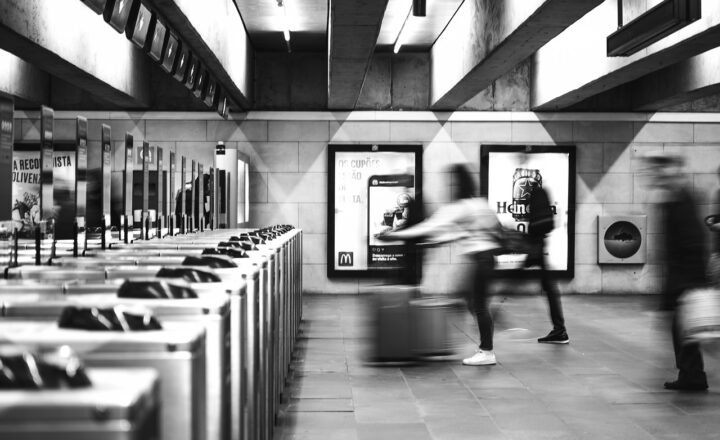The Surprising Science of Subway Design and How It Impacts Commutes
November 11, 2024

Subways are much more than mere transportation systems; they are complex, carefully designed environments that influence how we commute, interact, and perceive urban life. While most people tend to view these underground networks simply as a means to an end, the science behind subway design significantly impacts efficiency, rider comfort, and even social behavior.
1. The Importance of Subway Design
When discussing urban transit systems, subway design can often be overlooked, yet thoughtful design can improve both the operational efficiency of the system and the overall commuting experience. The layout, entrance and exit strategies, signage, accessibility, and even the aesthetic elements play critical roles in how effectively a subway functions and how riders experience their daily travels.
Some key aspects of subway design include:
- Safety and Accessibility: Subways need to be designed to ensure the safety of passengers, including adequate lighting, clear signage, and easily navigable pathways. Accessibility features like elevators and ramps help ensure that all users can utilize the system effectively.
- Efficiency in Flow: Subways are designed with passenger flow in mind. The separation of different areas, such as ticketing and boarding zones, minimizes congestion and creates a more pleasant commuting experience.
- Aesthetics and Atmosphere: The visual design of subway stations can affect the mood and behavior of commuters. A well-designed station can evoke feelings of comfort and safety, while poorly designed spaces might contribute to negativity and tension among riders.
By analyzing these components, we can glean insight into how subway design serves both functional and psychological purposes that transcend the act of commuting itself.
2. The Psychology Behind Commuting
Our environment significantly influences how we feel and behave. This is especially true in public spaces like subways, where design can greatly impact our commuting experiences. Psychological principles come into play when examining how the design of subway stations and trains affects passenger behavior.
Some psychological factors include:
- Color and Light Influence Mood: Studies show that the colors used in a subway’s design can influence a commuter’s mood and sense of well-being. Warm colors can create an inviting atmosphere, while harsh lighting might evoke feelings of discomfort or anxiety.
- Personal Space and Crowd Dynamics: The design of seating arrangements and pathways can minimize feelings of claustrophobia in crowded trains. Spatial planning can facilitate personal space, which can aid in reducing commuting stress and discomfort.
- Signage and Wayfinding: Effective signage aids in stress reduction by guiding commuters smoothly from one point to another. Clear sightlines and directional markers can establish a sense of control over one’s journey, which is vital in busy transit systems.
Understanding these psychological aspects allows subway designers and city planners to create more efficient and enjoyable commuting experiences.
3. Case Studies in Subway Design
Several subway systems around the world serve as instructive examples of how design shapes commuter experiences. Let’s examine a couple of notable ones:
- The London Underground: Known for its roundel logo and intricate map, the London Underground has set a precedent in navigation and rider experience. The use of vibrant colors to differentiate lines, combined with extensive signage, has made it easier for newcomers to navigate the system efficiently. The design also incorporates safety measures, such as emergency lighting and various exit strategies that enhance commuter confidence during journeys.
- Tokyo Metro: Tokyo’s subway design exemplifies efficiency and capacity. With its multiple lines and easy transfer options, Tokyo Metro accommodates millions of riders daily. The use of technology, such as automated announcements and apps for real-time updates, enhances the technology-integrated journey and showcases intelligent design adaptability in response to user needs.
These case studies illustrate how effective subway design can significantly impact the user experience, transforming commutes from stressful rituals into efficient and even enjoyable journeys.
4. Innovations in Subway Design
As cities grow and evolve, the pushing boundaries of subway design has led to innovative approaches that cater to modern commuting needs. Some recent innovations include:
- Smart Stations: Integrating technology into number one designs includes real-time updates via apps and kiosks, enhanced security features, and touchless ticketing systems that streamline the passenger experience while reducing congestion.
- Eco-Friendly Design: Many newer subway systems are being designed with sustainability in mind. Features like solar panels, green roofs, and increased energy efficiency contribute to reducing the carbon footprint of transportation systems while simultaneously improving the aesthetics of the stations in their urban landscapes.
- Community-Focused Spaces: Modern designs often incorporate community spaces, such as art installations and local vendors, making subway stations more than just transit points; they become vibrant hubs that represent the local culture and foster community interaction.
Innovations like these will not only improve functionality but also enrich the overall user experience by fostering community engagement.
5. Conclusion: The Future of Subway Design
The design of subway systems plays a pivotal role in shaping our commuting experiences and perceptions of urban life. Understanding the scientific principles and psychological factors at work allows for effective design choices that enhance functionality, accessibility, and aesthetic appeal.
As cities continue to grow and evolve, it is imperative that subway systems adapt to meet the demands of modern society. By prioritizing smart, sustainable, and community-centered design, we can have transit systems that not only transport commuters effectively but also enhance the urban environment and foster community engagement. The surprising science of subway design offers insights and opportunities for shaping the future of urban life, making our subway journeys not just necessary components of daily life, but enjoyable and enriching experiences as well.







